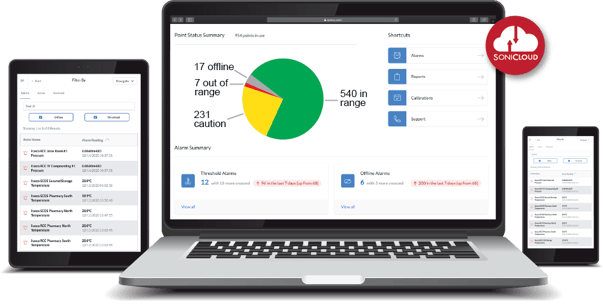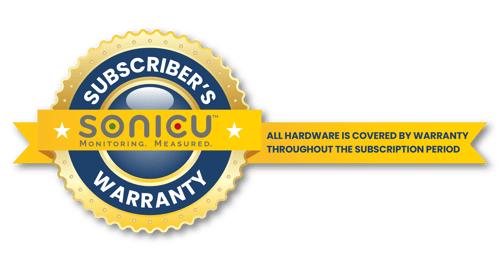Occupancy Monitoring System
If you are looking for an occupancy monitoring system that helps you increase efficiency and reduce costs, you’ve arrived at the right place.
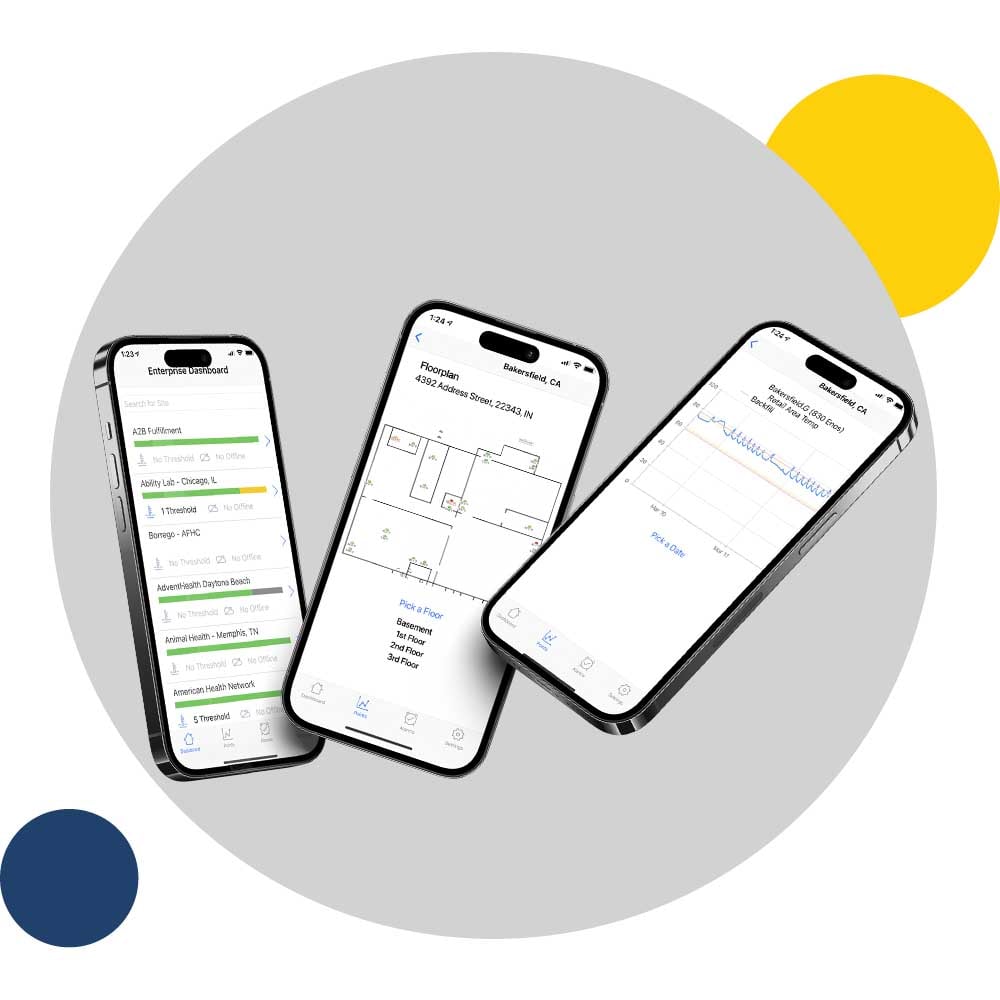
Let us help you evaluate your needs!
- Safety: Alerts via text, email, push notifications and phone calls to protect your precious assets
- Compliance: Automated compliance reports
- Efficiency: Reduced Manual Logging and time spent on reports
And what makes us different?
- Lifetime Warranty: Never buy hardware again!
- Unlimited Users: Scale across your entire organization
- Connectivity Flexibility: Wi-Fi, Cellular or Data Hub
- Phone call alarms: Alerts won't get ignored
- Mobile App: 500 Freezers in your pocket
- Facility monitoring: Simple to add water leak, door open, occupancy, and even IAQ monitoring
Engineered in Indiana with U.S.-based support.
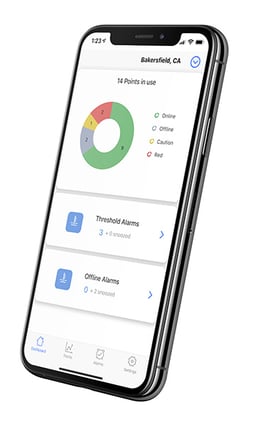
Make NIST Compliance a "SNAP"
Sonicu’s SNAP Calibration program provides an easy &cost effective way to maintain regulatory compliancewithout the hassle of conventional recalibration
SNAP Compliance Sheet
See What Customers Say About Sonicu
Asset Protection. Compliance Automation. And Reduced Manual Processes.
Sonicu serves thousands of professionals at hundreds of organizations across North America by improving how they monitor and manage their most sensitive assets and environments.
Professionals from healthcare, life science, laboratory and cold chain facility management turn to Sonicu to help them improve the way they do business.
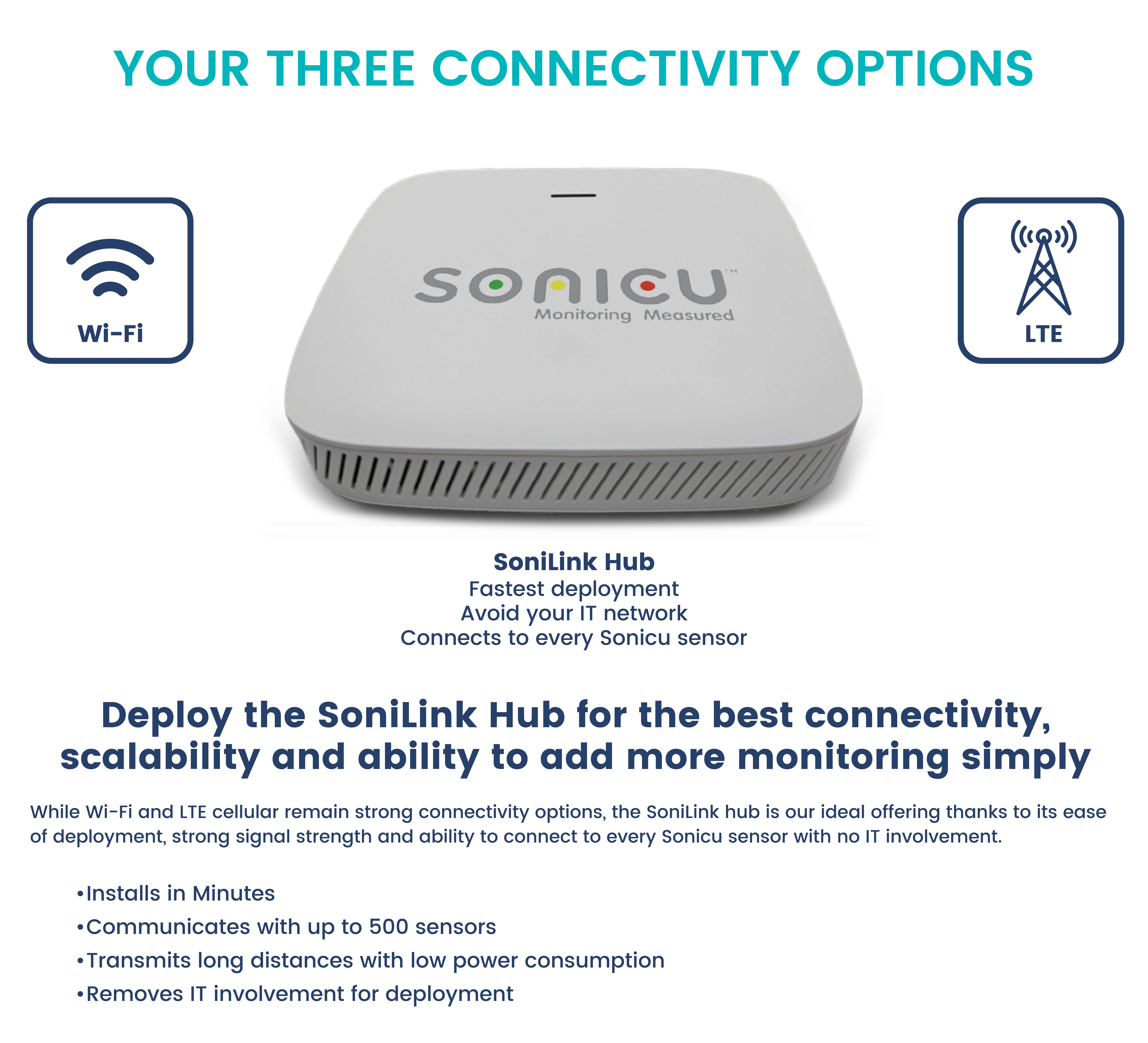
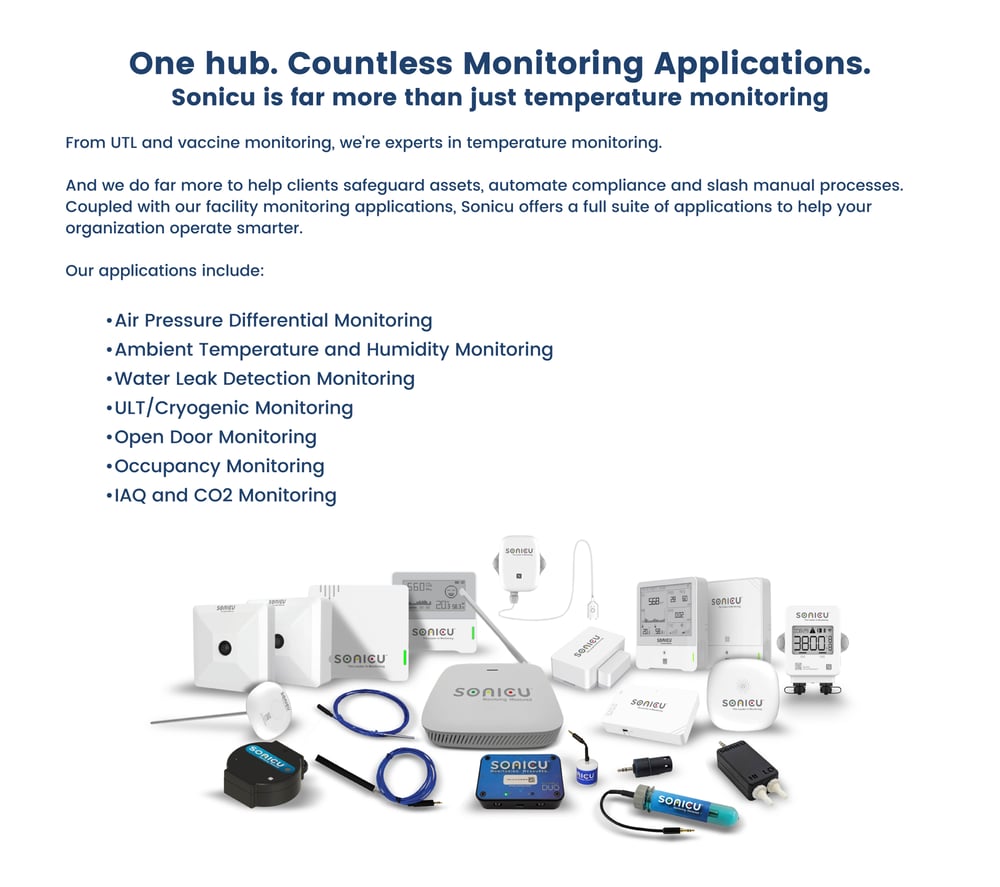

Revolutionizing Space Efficiency: How Occupancy Monitoring System Solutions Are Transforming Modern Workplaces
An occupancy monitoring system is an advanced technological solution designed to track and manage the use of space within a building or area.
Occupancy monitoring systems utilize a combination of technologies such as sensors, cameras, and software analytics to monitor the number of people in a given space at any time.
These systems can provide real-time data and historical trends about space usage. Some of their key features often include sensors and cameras that can be infrared, ultrasonic, or video-based, detecting presence and movement, data analytics software that analyzes the data collected to provide insights on occupancy trends, and Integration with building systems that link with HVAC, lighting, and security systems for efficient building management.
An occupancy monitoring system is used in office buildings to manage workspace efficiently, ensuring that the space meets the needs of employees, and optimizing heating, ventilation, and air conditioning (HVAC) usage.
In retail stores, they are utilized to track customer footfall, peak shopping hours, and store layout effectiveness.
In healthcare facilities, these solutions are leveraged to help monitor patient flow, manage waiting areas, and ensure efficient use of consultation rooms.
An occupancy monitoring system may be utilized in educational institutions to help manage classroom occupancy, optimize space for events, and enhance security by monitoring unauthorized access.
In public transportation hubs, this system is used to help manage crowd density, improve passenger flow, and enhance safety measures.
These systems help businesses understand how space is used, leading to more efficient allocation and potential cost savings.
By syncing with building management systems, they can optimize energy consumption, reducing costs and environmental impact.
An occupancy monitoring system can help businesses enhance customer experience. In retail, for instance, these systems can help in managing queues and enhancing the overall shopping experience.
They align with safety and compliance and are especially crucial in the post-COVID era as they ensure that occupancy levels comply with health and safety regulations.
These solutions provide businesses with valuable insights for strategic decision-making regarding space usage and operational adjustments.
Occupancy monitoring systems represent a crucial tool in the modern business landscape, offering a blend of efficiency, safety, and data-driven management. By effectively leveraging these systems, businesses can not only optimize their operations but also enhance the experience of employees, customers, and visitors alike.
Asset Protection. Compliance Automation. And Reduced Manual Processes. Sonicu serves thousands of professionals at hundreds of organizations across North America by improving how they monitor and manage their most sensitive assets and environments.
What are the key components of an occupancy monitoring system?
An occupancy monitoring system consists of various components that work in unison, leveraging different technologies to effectively perform their functions. Understanding these components and the underlying technologies is essential for a comprehensive grasp of how these systems operate.
- Sensors
- The primary component. Different types include:
- Infrared sensors detect heat emitted by people.
- Ultrasonic sensors use sound waves to detect presence.
- Video cameras utilize image processing to count individuals.
- Motion detectors detect movement within a designated area.
- The primary component. Different types include:
- Data processing unit
- This includes hardware and software for processing the data collected by sensors. They often include:
- Microprocessors for immediate data processing.
- Software algorithms for analyzing data patterns and occupancy trends.
- This includes hardware and software for processing the data collected by sensors. They often include:
- Data storage
- An occupancy monitoring system needs storage solutions, either on-site or cloud-based, to keep historical occupancy data for trend analysis.
- Communication network
- Occupancy monitoring systems require a network to transmit data between sensors, processors, and storage. This can include:
- Wired networks like Ethernet.
- Wireless networks such as Wi-Fi, Bluetooth, or IoT-specific networks like LoRaWAN.
- Occupancy monitoring systems require a network to transmit data between sensors, processors, and storage. This can include:
- User interface
- A dashboard or application where the processed data is displayed in an understandable format for end-users.
- Integration modules
- For integrating with other building management systems, such as HVAC, lighting, and security systems.
- Image processing and computer vision
- In camera-based systems, these technologies are crucial for analyzing video footage to count individuals.
- Artificial intelligence and machine learning
- Used for predictive analysis and understanding occupancy patterns over time.
- Internet of Things (IoT)
- Enables seamless connectivity and integration of various components of the system, ensuring real-time data transmission and analysis.
- Cloud computing
- For scalable data storage and advanced data analytics capabilities.
The effectiveness of an occupancy monitoring system lies in the harmonious integration of these components and technologies. The choice of sensors, the robustness of the data processing and storage solutions, the efficiency of the communication networks, and the user-friendliness of the interface all determine the system's overall performance and reliability.
From automating complex and tedious regulatory reports to significantly reducing time spent on manual processes, Sonicu helps private, public, and government agencies focus on their core business and less time on monitoring their assets and environments.
What are the pain points that an occupancy monitoring system can address effectively?
An occupancy monitoring system, while diverse in its applications, consistently addresses several stubborn pain points across multiple industries. These systems not only enhance operational efficiency but tackle challenges that have long plagued various sectors.
First, many businesses struggle with underutilized or overcrowded spaces, leading to inefficiencies and increased costs. Occupancy monitoring provides real-time data on space usage, helping businesses optimize their space allocation and redesign layouts as needed.
Excessive energy consumption due to unoptimized lighting, heating, ventilation, and air conditioning (HVAC) systems is a common issue. These systems can integrate with building management systems to adjust lighting and HVAC based on occupancy, significantly reducing energy waste and costs.
Maintaining compliance with occupancy-related health and safety regulations, especially post-COVID-19, can be challenging. Occupancy monitoring ensures that the number of people in a space does not exceed regulatory limits, aiding in social distancing and other health or safety mandates.
Overcrowding or long wait times in retail stores, public facilities, or transportation hubs can lead to a negative customer experience. Real-time occupancy data helps manage foot traffic and line lengths, enhancing customer satisfaction.
Monitoring and controlling access to restricted areas can also be resource-intensive. These systems can alert staff to unauthorized access in sensitive areas, improving overall security.
During emergencies, not knowing the occupancy levels can hinder effective evacuation and response. Real-time occupancy information aids in emergency planning and swift evacuation procedures.
Cleaning and maintenance schedules are often not aligned with actual space usage. Data on space usage patterns can inform more efficient cleaning and maintenance schedules.
Managing and monitoring spaces remotely, especially in the context of increased remote and hybrid work models, also poses challenges. Occupancy monitoring systems enable remote oversight of facility usage, helping managers make informed decisions from afar.
By addressing these pain points, an occupancy monitoring system not only improves the operational efficiency of businesses but also contributes to a safer, more sustainable, and customer-friendly environment. Each industry can tailor these systems to its specific needs, reaping benefits that go beyond mere space management.
Easy to install and configure and supported by live American-based phone support, Sonicu is the most affordable, intuitive, and trusted temperature and environmental monitoring solution nationwide.
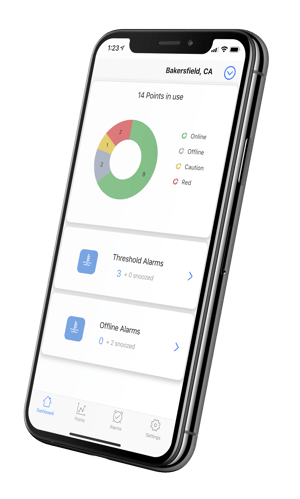
Benefits of an occupancy monitoring system
- They provide valuable data on how spaces are used, enabling businesses to optimize layout and space allocation.
- By integrating with building management systems, they help in reducing energy consumption in lighting and HVAC systems based on real-time occupancy data.
- An occupancy monitoring system ensures adherence to health and safety regulations, including occupancy limits and social distancing guidelines.
- In retail and hospitality sectors, managing occupancy can lead to reduced wait times and enhanced customer satisfaction.
- The analytics provided can inform strategic decisions about space planning and management.
- Maintenance and cleaning schedules can be optimized based on actual usage, leading to more efficient resource utilization.
- They can detect unauthorized access in sensitive areas, enhancing overall security.
- These systems can be scaled and customized to fit different spaces and needs.
Embracing the Future of Space Management with Sonicu's Occupancy Monitoring System
In today’s fast-paced and ever-evolving business landscape, the efficient management of physical spaces is not just a luxury but a necessity. Occupancy monitoring systems stand at the forefront of this revolution, offering a suite of benefits that can significantly enhance operational efficiency, energy conservation, and overall user experience across various industries.
From optimizing space utilization in office buildings to ensuring customer satisfaction in retail environments, these systems provide an unparalleled understanding of how spaces are used. They enable businesses to make data-driven decisions, align maintenance schedules with actual usage, and ensure compliance with health and safety regulations – all while keeping energy costs in check. The ability to integrate with existing building management systems further augments their utility, making them a versatile solution for contemporary space challenges.
As we look towards a future where efficiency and sustainability are paramount, Sonicu's advanced occupancy monitoring system emerges as a vital tool in the arsenal of modern businesses. These systems are not just about monitoring space; they're about unlocking the potential of every square foot, ensuring that every area is utilized to its fullest potential, in the most efficient and user-friendly manner.
Are you ready to step into the future of space management? Embrace the change with Sonicu's cutting-edge occupancy monitoring solution. Whether you're looking to enhance space efficiency, save on energy costs, or simply provide a safer, more comfortable environment for your employees and customers, Sonicu is here to guide you every step of the way.
Take the first step towards a smarter, more efficient workspace. Contact Sonicu today to learn how our occupancy monitoring system can transform your business.
Let's not just occupy space. Let's optimize it. With Sonicu.
We deliver safety, compliance, and efficiency. Simply.
American-based Customer Support: Robust & Reliable High Touch Service
Software and technology is only as good as the people who stand behind it.
At Sonicu, that means our team of American-based customer success managers who are never more than a phone call away to help field and fix any service issues.
Our probes and sensors are placed in demanding frozen environments and our software literally sends billions bits of data monthly, meaning there’s always the potential for a hiccup on either the hardware or software.
We are committed to fielding every customer service request promptly and addressing our customer’s concerns promptly and professionally.
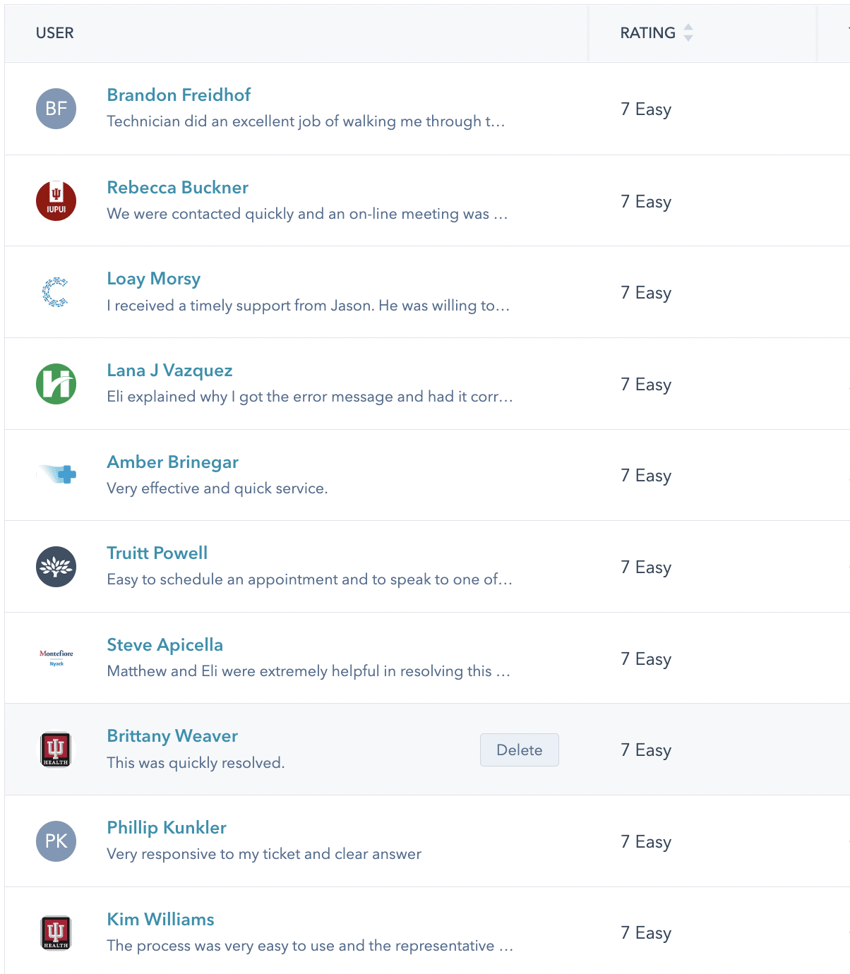
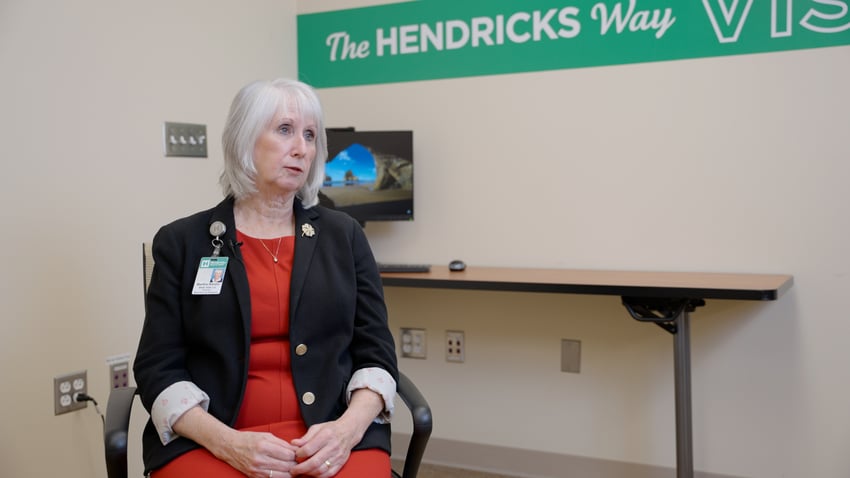 “I like to say that every refrigerator or freezer is like a car in that they all behave a bit differently,
“I like to say that every refrigerator or freezer is like a car in that they all behave a bit differently,
and then every now and then you just get a bad boy who doesn’t want to perform as we need it to,”
Martha Rardin, Director, Nutrition and Dietetics, Hendricks Regional Hospital.
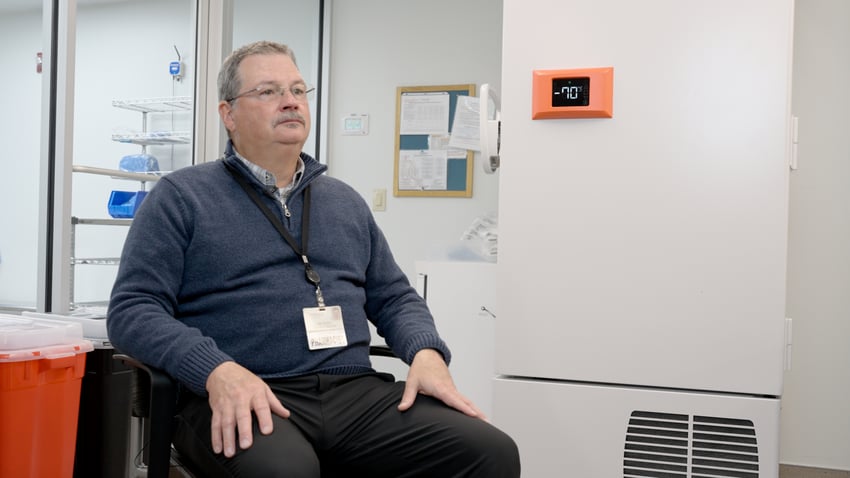 “Sonicu has been a powerful tool to identify which units are behaving out of spec and get our team
“Sonicu has been a powerful tool to identify which units are behaving out of spec and get our team
to fix them before we have a serious issue.”
Tim Livesay, Director, Hancock Regional Hospital Pharmacy Director


